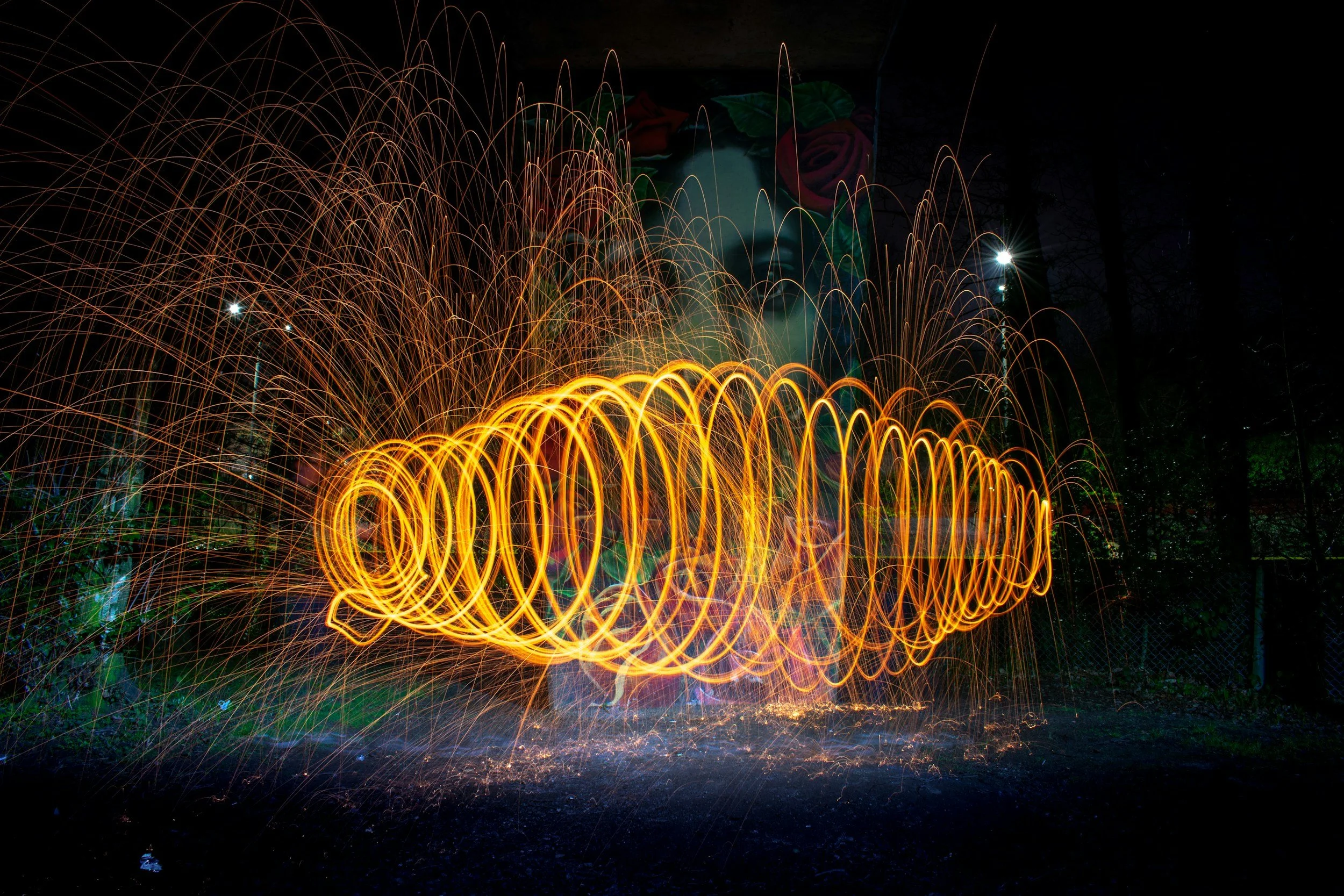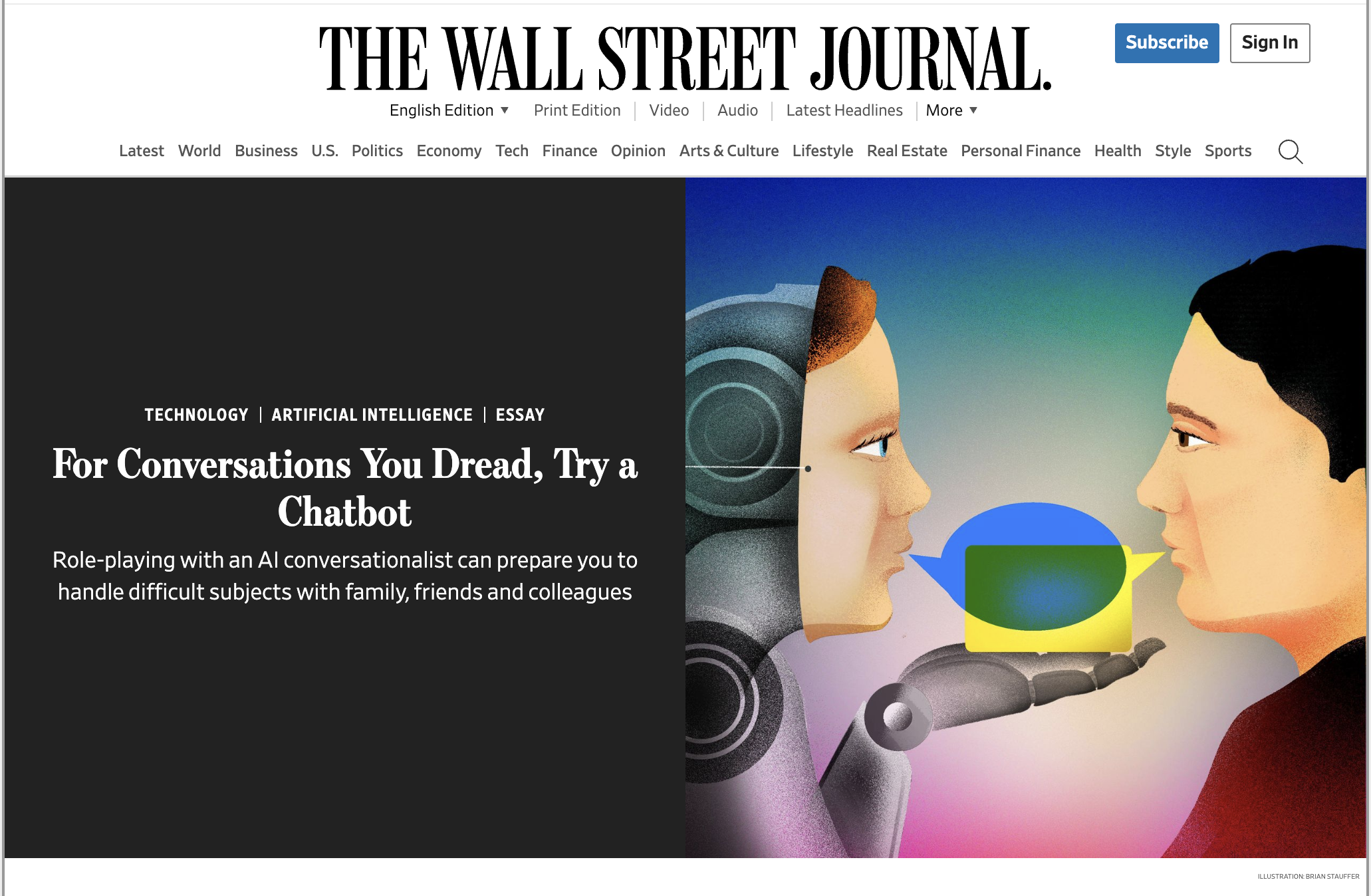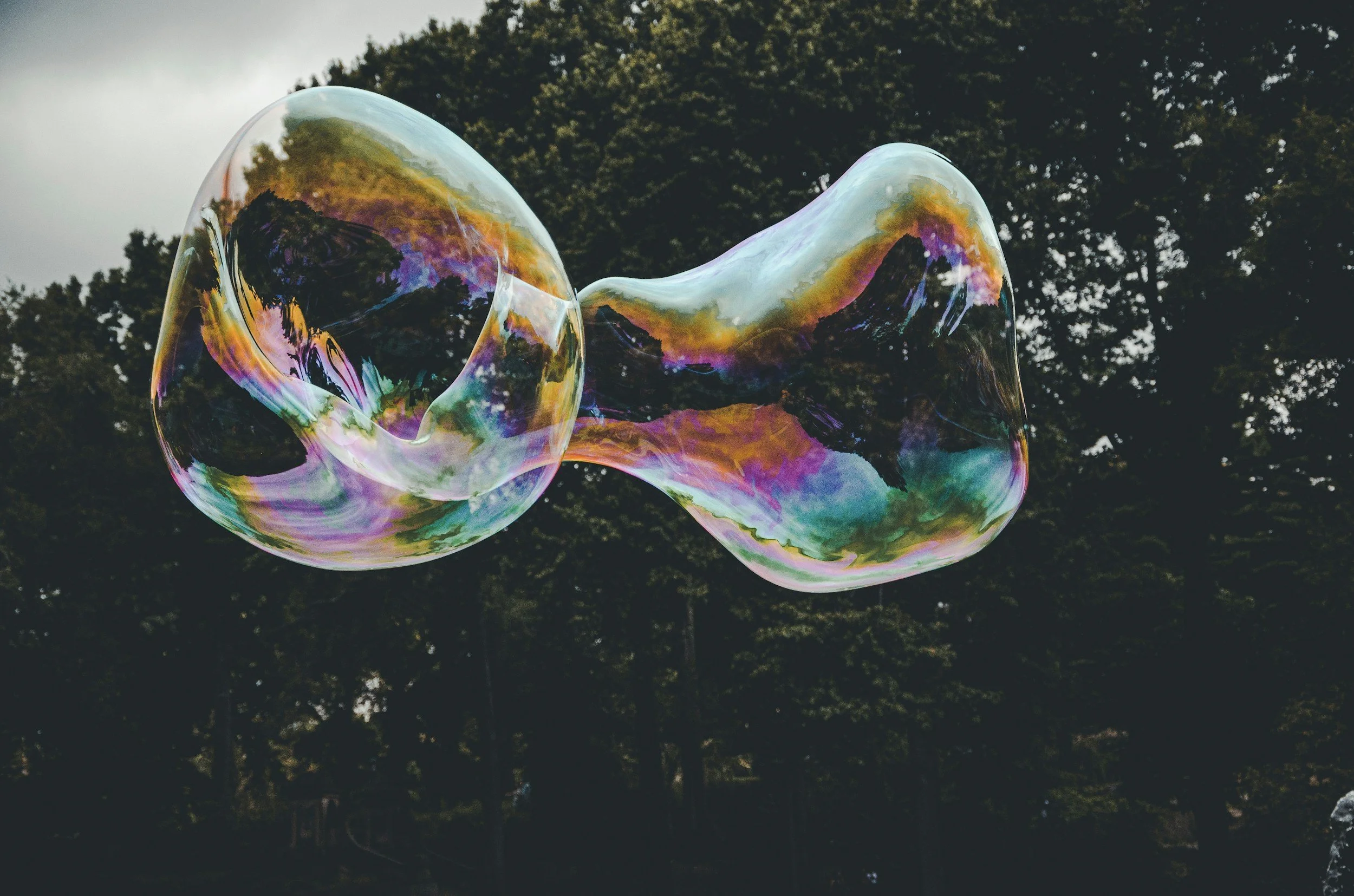Ideas and Experiments: The Dynamic Duo
My friend and colleague Bob Sutton often remarks that it's a useful oversimplification to say that, "Innovation = Creativity + Implementation." Which begs the question: what part of this equation matters most? Ideas, or action?
Yes.
Exactly.
They're both indispensable, and properly live in a symbiotic relationship to one another. Ideas without action may be mere fantasies; but action without vision is all movement, no progress. Ideas should inspire clever experiments, and experimentation not only validates which ideas have merit, but even in failure, experimentation begets further ideation, provided one has a regular practice of reflection.
Obviously, it's impossible to determine which is more important, but that's actually beside the point. The sweet spot is to live at the intersection -- to have a robust idea generation practice, complimented and catalyzed by a rigorous bias to experimentation.
There's an amazing passage which describes the value that these two capabilities amplified in one another in the years leading up to the invention of the transistor in "The Idea Factory":
"The formal purpose of the new solid-state group was not so much to build something as to understand it. Officially, Shockley's men were after a basic knowledge of their new materials; only in the back of their minds did a few believe they would soon find something useful for the Bell System. In many respects their work was orders of magnitude more difficult than what usually went on at the Labs. Some years later, the semi-conductor historians Ernest Braun and Stuart Macdonald would note that 'everything in a solid happens on such a minute scale that not even a microscope, even an electron microscope, can resolve the elementary processes. The scientist must operate at a level of abstraction of which the untrained mind is not capable in order to visualize processes which cannot be seen.' So the theorists at Bell Labs worked on blackboards, attempting to 'see,' at a subatomic level, the surfaces and interiors of semiconductor crystals; the experimentalists, in turn, tested the theorists' blackboard predications at their lab benches with carefully calibrated instruments that recorded what happened within tiny pieces of silicon or germanium set on a breadboard -- a wooden plank with holes -- and wired into battery-powered circuits. Then the theorists would in turn try to interpret the data that emerged from the experimentalists' attempts to investigate the theorists' original ideas... Shockley would eventually call this period, 'the natural blundering process of finding one's way.'"
The fascinating thing here is the interplay -- or perhaps, codependence -- between the theorists (the "idea guys") and the experimentalists. The process of innovation went back and forth, from blackboard (or we could say, post-it's on a whiteboard) to breadboard, back to the blackboard.
As we see in this example, these complimentary skills need not reside in any single individual; in fact, the more complicated the system, the more unlikely that is. But they must exist in close proximity to one another in an organization. And a leaders' goal ought to be to reduce the friction from ideation to experimentation as much as physically (or now, virtually) possible - to the point where they’re essentially the same thing: “ideaction.”
Click here to subscribe to Paint & Pipette, the weekly digest of these daily posts.










Most companies get AI adoption wrong because they're trapped in "value capture" mode. Efficiency plays might deliver measurable ROI, but they’re essentially defensive moves, and defense alone doesn't put enough points on the board to win. The real competitive advantage comes from "value creation."